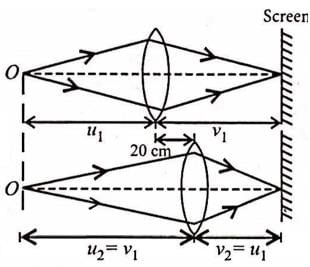DSE Odisha TGT Science PCM Mock Test - 7 - OTET MCQ
30 Questions MCQ Test DSE Odisha TGT Mock Test Series 2025 - DSE Odisha TGT Science PCM Mock Test - 7
Who was the first male President of India?
If ‘r’% of ‘r’ is 49, what is the value of ‘r’?
Directions to Solve
In each of the following questions, four words have been given out of which four are alike in some manner, while the third one is different. Choose the word which is different from the rest.
Question -
Choose the word which is different from the rest.
Directions to Solve
In each of the following questions find out the alternative which will replace the question mark.
Question -
16 : 56 :: 32 : ?
'College' is related to 'Teachers' in the same way as 'Hospital' is related to:
If A is 50% more than C and B is 25% less than C, A is what percent more/less than B?
In a school 30% of the students play football and 50% of students play cricket. If 40% of the students play neither football nor cricket, what percentage of total students play both the games?
A student multiplied a number by 4/5 instead of 5/4. What is the percentage error in the calculation?
Buttons which can be clicked using a mouse are placed on the screen as
To drag a selected range of data to another worksheet in the same workbook, use the
Which disorder causes problems with movement and coordination, language and speech?
Which one of the following is a form of Sternberg's triarchic theory of intelligence?
What should a teacher keep in mind while choosing the method of teaching a subject?
Mary is a science teacher of 4th standard. She realises that her students keep losing their interest in the subject at times. What do you think must Mary do to maintain the interest of the students in the subject?
Kohlberg's theory of 'moral development' is consisting of ______ levels of moral development.
A lesson can be introduced in the class by:
The intelligence that gives ability to maneuver and form various mental images is
In a concave mirror when the object is located beyond C the magnification is
A screen is placed 90cm away from an object. The image of the object on the screen is formed by a convex lens at two different locations separated by 20cm. Find the focal length of lens.
The ratio of angular dispersion of to the angle of deviation for the mean wavelength is called Dispersive Power. Represented by
Which one is not an electromagnetic wave?
Three Faradays of electricity are passed through molten Al2O3, aqueous solution of CuSO4 and molten NaCl taken in three different electrolytic cells. The amount of Al, Cu and Na deposited at the cathodes will be in the ratio of-
An element 'P' has atomic number 56. What will be the formula of its halide?
If 6cotθ + 2cosecθ = cotθ + 5cosecθ, then cosθ is
The product of minimum value of xx and maximum value of is






















